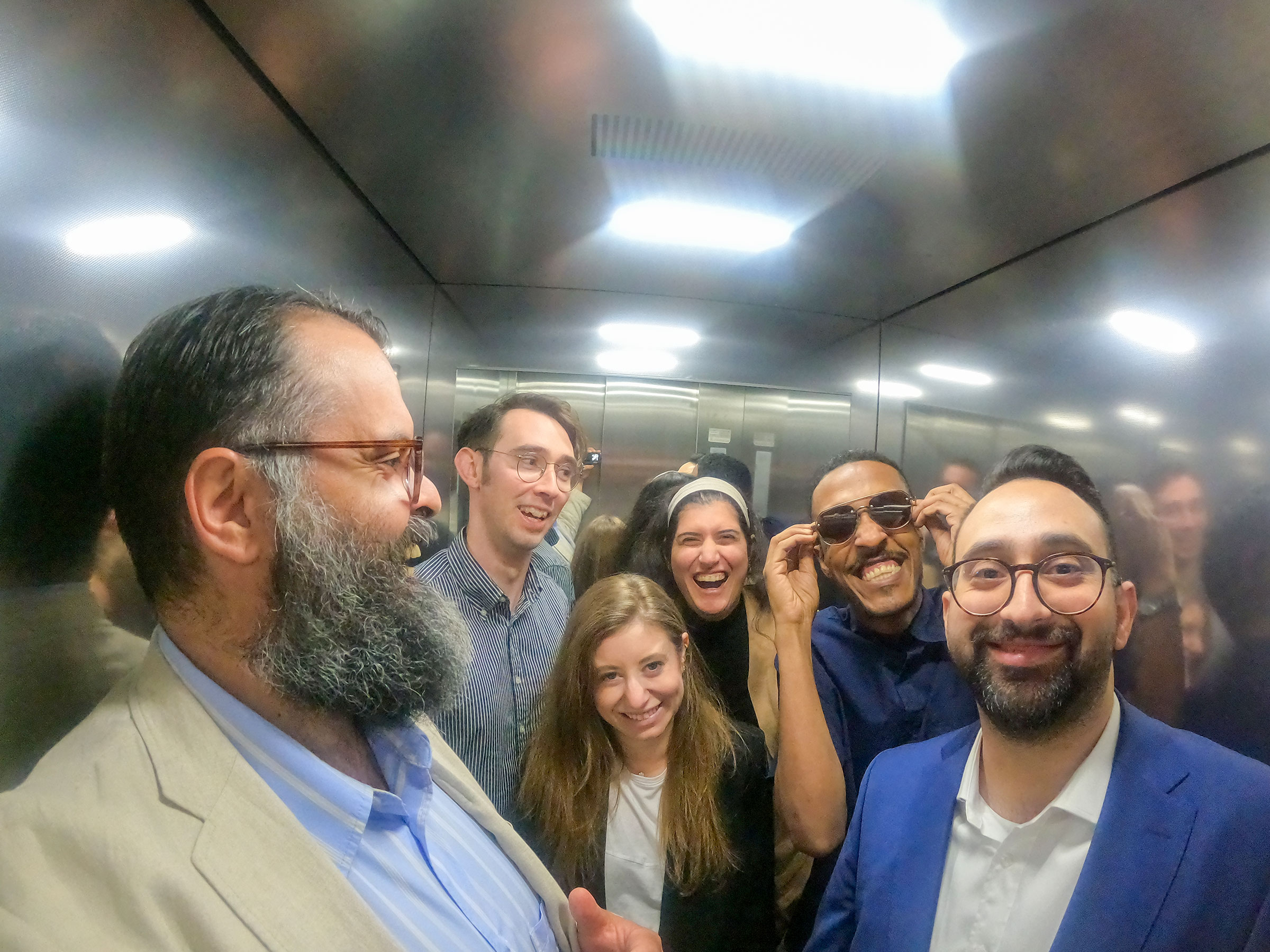My journey with Sakani began way before any pixels hit the screen. As the Design Director, I started by diving deep into the needs and dreams of business owners through a series of interviews. My team of service designers also got into the heads of Sakani users, understanding who they were and what they expected. Data crunching was key in tweaking the user experience just right.
The biggest challenge we faced during the entire process with Sakani was to deliver world-class design while helping to nurture a design culture within the company to enable every stakeholder to understand that design is just as essential a part of the process as any business needs.
A neat search experience: draw an outline around your area of interest to get the available results
My approach was cross-functional: I had designers based in Riyadh involved in the day-to-day activities, thus providing the broader network of designers with accurate insight into the business and design needs to deliver a world-class experience, all the while our team developers touched base daily with the designers to create pixel-perfect experiences.
Sakani's unfair advantage was that they were the only provider in the country that provided state-sponsored loans for citizens looking to buy their first home. Even though they are not the only loan providers, they could give out better loan conditions than any private competitor in the country, making it a very attractive option.
Buying a house is a big step in any family’s life. It’s not like buying a book online, so we learned that users need reassurance from another person. Their purchase journey would start online, but at some point, they wanted to go to a showroom, talk to a human being, and see what their future house would look like. So, we had to account for the fact that transactions would happen over the span of several days. That context was crucial in understanding users’ mindsets and how that applies to their platform experience.
Cultural understanding was a big part of the project. Given Saudi Arabia's unique business methods, I assembled a multicultural design team. By including designers based in Riyadh in our daily operations, we ensured accurate insight into business and design requirements, resulting in a top-tier experience.

This is the international team that made this project come to life. We had very diverse backgrounds, hailing from the UK, Lebanon, Saudi Arabia, Jordan, and myself from Brazil.
The Sakani platform grew so much that we could no longer avoid the topic of a Design System. This was a challenge since most stakeholders were unfamiliar with the idea of a Design System and what it is for. It took me a little back and forth to sell this project and show them the value of it.
Once it was time to roll up our sleeves, the fantastic design team and I defined the strategy and ways of working so that he would have all the room he needed to develop the components.
A fascinating aspect of this project was the LTR (left-to-right) reading order in Arabic. That made us work with a new design paradigm in mind since half the team did not speak Arabic. In the end, we managed to deliver components in both LTR and RTL, which took a little more work than usual but ultimately made everyone’s life a whole lot easier
Beyond end-users, financial institutions and real estate entities also leveraged Sakani, each benefiting from tailor-made journeys and designs. Our efforts haven't gone unnoticed; Sakani and Ejar clinched a spot among the Digital Government Agency of Saudi Arabia's Top 10 e-government platforms in 2021.
On average, around 70.000 loans are granted per quarter, more than twice the number during the pre-digitalized days.
It’s easy to take remote work for granted in a post-pandemic world, but the day-to-day of it still imposes challenges. When you add different cultures to the mix, navigating through the intricacies of running a team and a project in three different countries and a handful of distinct cultures becomes even more elaborate. I guess the one thing I’d do differently in this project would be to spend more time with the client to try and build a stronger connection.
Discover more work
AISProject type
GoogleProject type
Sector AlarmProject type
FiskarsProject type
Random StuffProject type
Made in Helsinki, Finland, by Daniel Motta in 2024